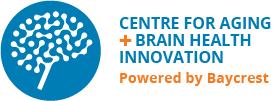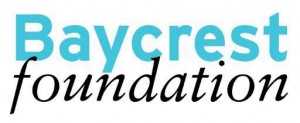As more and more Canadians live with dementia, they’re being treated in multiple locations and by multiple healthcare providers. For patients and caregivers, understanding each set of medical instructions can be overwhelming.
Dr. Alexandra Greenhill knows this reality well. As a physician, she observed what she calls the “increasing fragmentation of care.” As a daughter, she dealt firsthand with the responsibility of caring for aging loved ones.
“Making sure you understand what is expected in terms of follow-up, activities, things your loved ones are supposed to do – and ensuring you can communicate on the home front with everyone in the family who wants to be informed and involved – is a huge drain on time and energy,” she says. “Instead of being able to spend more time with your loved one, you end up playing logistics coordinator and project manager.”
Dr. Greenhill wanted to create a software solution that allowed people to focus on what really mattered. That’s how Careteam was born.
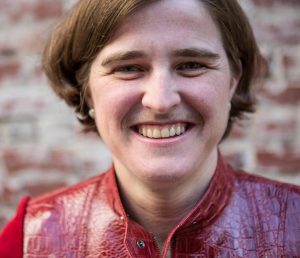
Dr. Alexandra Greenhill
How Careteam works
Careteam is a healthcare collaboration platform that aims to bring together patients, family, caregivers, and healthcare providers to improve quality of care for an individual with dementia. The idea is to simplify the many moving parts of complex care, so everything a team member would need to know is found in one easy-to-use location.
The software features a number of tools that help members of a care team stay up-to-date and connected: care plans, a list of appointments, task reminders, secure messaging, and an analysis dashboard that helps predict when patients will require proactive attention. Users can access Careteam on a smartphone, tablet or computer.
One goal of the software is to reduce emergency hospital admissions. Such admissions all too frequently happen, Dr. Greenhill says, because a patient or caregiver lacked clarity around medical instructions. “By creating a tool that enables people to monitor all actions using technology, you can see whether a person is executing all steps that they need to execute in order to keep their health at an optimal level,” says Dr. Greenhill. “Careteam can start predicting who is going to need a help in order to prevent a deterioration.”
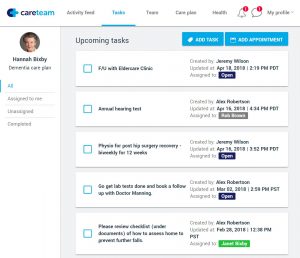
Users can keep track of care tasks using the task list.
Another common reason for hospital admissions is caregiver burnout. Overwhelmed caregivers often bring a loved one to emergency as a cry for help, Dr. Greenhill says. “If you can create a system where you can see as a healthcare provider how many people are involved and actively engaged on the family front, and can encourage the distribution of the effort, then you can prevent some of those emergency visits.”
On the healthcare provider side, says Dr. Greenhill, the program will decrease time spent on administrative tasks. Some of the project’s initial studies showed that nurses and physicians spent up to two hours a day on tasks such as trying to return phone calls and figuring out a patient’s primary contact in order to obtain important information. With Careteam, tasks like these will be automated—saving dementia clinics time and effort.
Collaboration with CABHI
Dr. Greenhill and her team developed the Careteam software and conducted preliminary testing with patients, caregivers, and their healthcare providers, but needed to run a more thorough trial at scale to finalize the product for widespread use. With the support of CABHI’s Industry Innovation Partnership Program (I2P2) – which helps companies trial their solutions with seniors’ care organizations – they will be able to do just that.
CABHI facilitated a partnership between Dr. Greenhill’s team and two trial sites in Ontario (Champlain Dementia Network and Mackenzie Health) that will implement the Careteam software into their dementia care. The 12-month trial, which begins in the summer, will put Careteam in the hands of 4000 patients with dementia and all the people involved in their care. Dr. Greenhill’s team plans to measure benefits such as quality of care, caregiver satisfaction, time and money saved, and reduced emergency room visits and missed appointments.
Dr. Greenhill credits CABHI with accelerating the adoption of Careteam at a rate she didn’t imagine was possible.
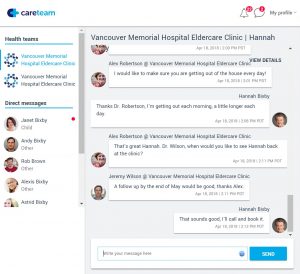
Careteam features a secure messaging system for team members to communicate with each other.
“The rapidity at which the CABHI process went should, I think, become the gold standard for how procurement is done,” Dr. Greenhill says. “I’ve never seen organizations come together to an agreement this quickly. That was really impressive.”
She also values CABHI acceleration services like the Seniors’ Advisory Panel, a group of older adults and caregivers that provide feedback on projects from the perspective of their lived experience. “That’s a huge asset. You need end users but you also need a wise council of people who can provide you some perspective on the feedback that you’re getting.”
At its core, Careteam aims to improve the experiences and outcomes of individuals with dementia who want to age at home for as long as possible. But Dr. Greenhill also sees a future in which Careteam impacts not only individuals with dementia but others requiring complex care, like cancer patients or children with developmental issues.
“We want to help people who are experiencing complexity to have a better and simpler healthcare experience,” says Dr. Greenhill. “With the technology that’s available today, we can do much better. And we should expect to do much better.”
